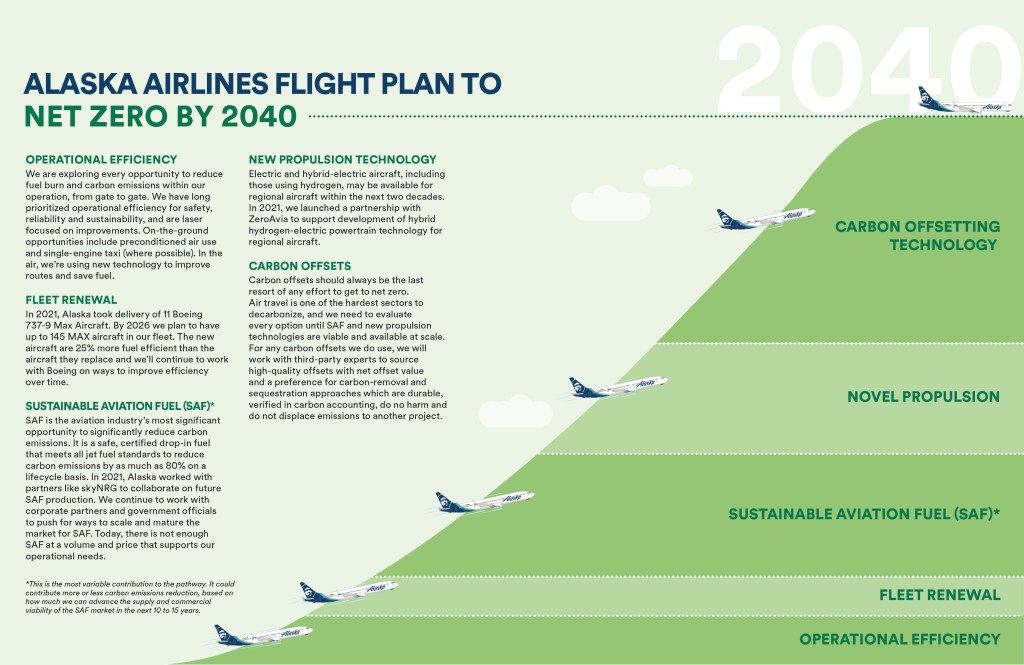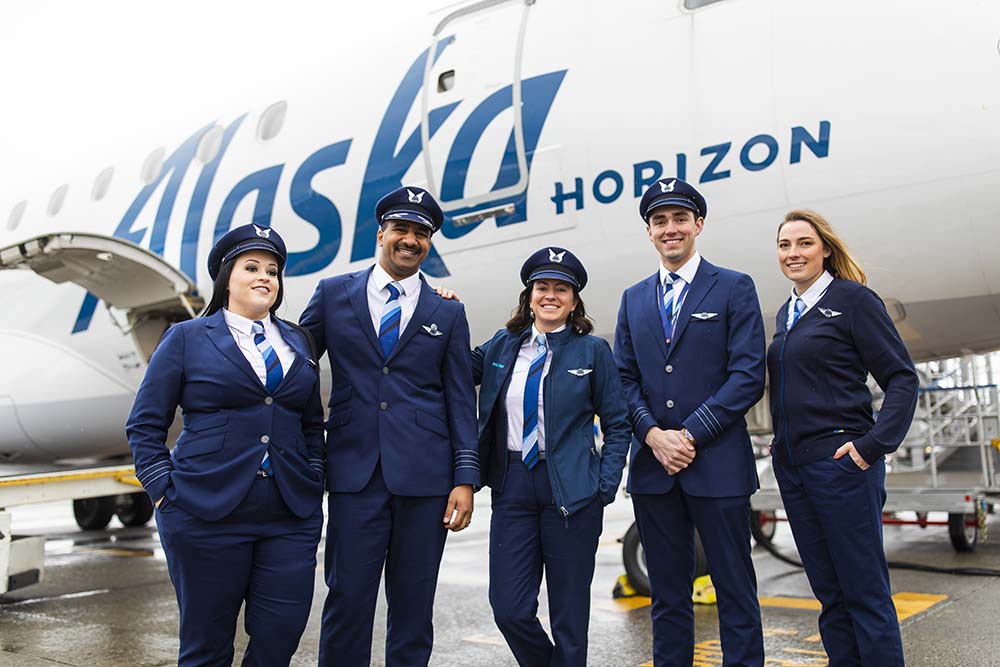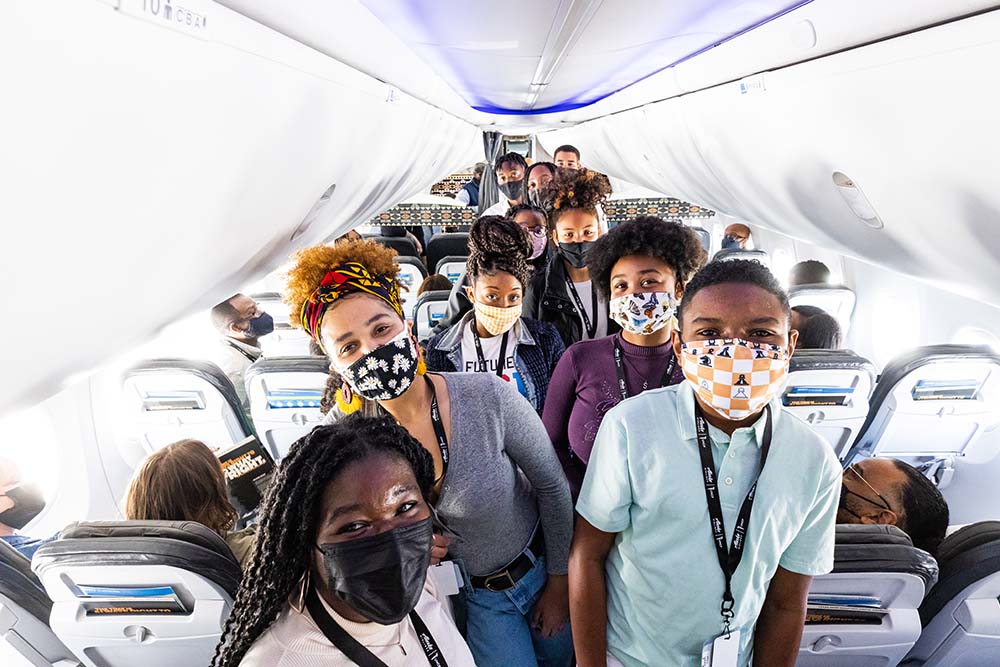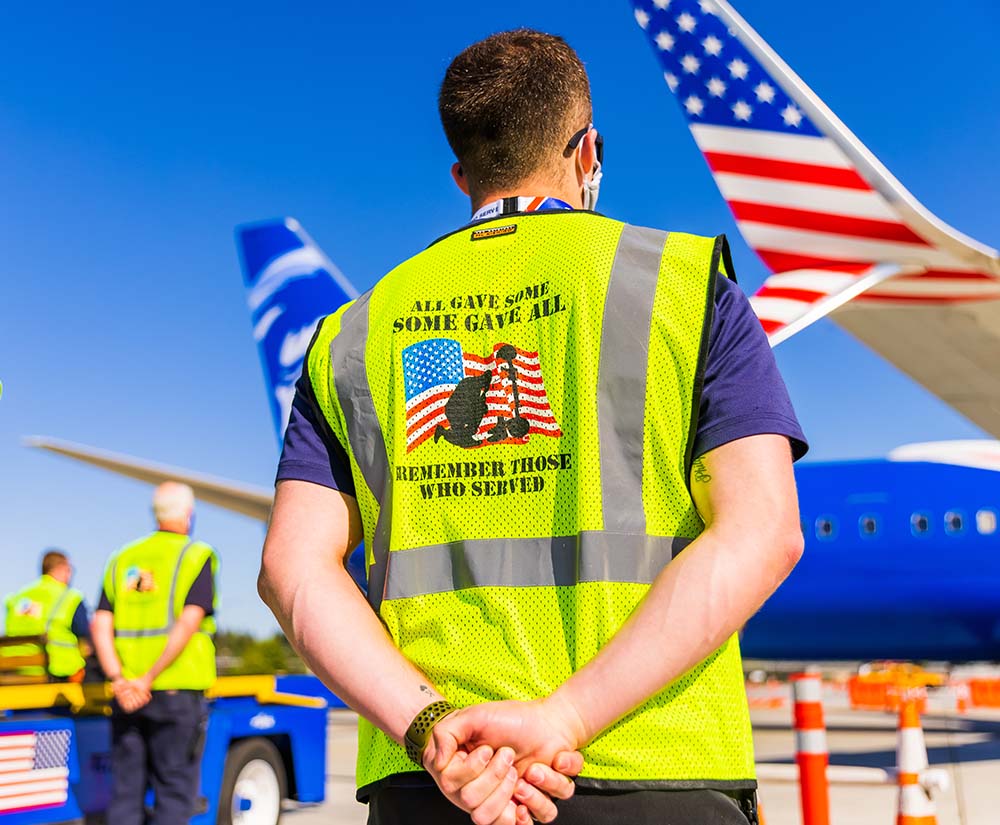Alaska Airlines’ sustainability report champions climate action, social impact, commitment to people and greener travel
Share

We care a lot — about people, flying greener, investing for strong communities and making flying matter. Below are some highlights from Alaska’s 2021 Care Report.
Each year, we share the journey of our environmental and social impact in an annual report, sharing data, progress, learnings and stories. We share where we’re hitting our targets, areas of improvement, and what we’ve learned throughout the previous year. We know there will always be more work ahead – there is no “mission accomplished” when it comes to our environmental and social impact. We’ll keep pushing forward with care, innovation, pragmatism, accountability, transparency and partnership to ensure that aviation is a positive force in our world.
Last year, we announced new commitments to reduce our climate impacts with goals for carbon, waste, and water. We also committed to new diversity, equity, and inclusion goals as part of our responsibility to make Alaska a place where everyone feels like they belong. This year, we began making these a reality and today, we’re excited to share our progress with you.
HIGHLIGHTS
Net zero: care for the long-term
Our most significant environmental impact comes from burning jet fuel and the resulting greenhouse gas emissions. Last year, we committed to achieving net-zero carbon emissions by 2040 through a five-part path, with near-term 2025 targets to help us get there.

In 2021, we’ve focused on improving our operational efficiency with procedures and technology that enables us to minimize the amount of fuel we actually burn. These include implementing route optimization software Flyways, taking delivery of new Boeing 737 MAX aircraft, improving use of electric ground power and air and continuing to evolve our ground fleet toward lower-emissions options. We also focused on jump-starting the market for sustainable aviation fuels, which have the greatest power to decarbonize aviation in the next several decades.

Transforming the future of flight
Reducing aviation’s impact requires new technologies that don’t yet exist or aren’t available with enough supply and at a viable cost, which is why airline travel is one of the most difficult sectors to decarbonize. To tap into the innovation needed to make aviation sustainable, we launched an investment arm, Alaska Star Ventures.
Alaska Star Ventures is dedicated to identifying and enabling technology to accelerate our path to net zero. To kick things off, we dove in with UP.Partners, The Westly Group and ZeroAvia:
- UP.Partners is focused on accelerating operational efficiency and advanced air mobility.
- The Westly Group is focused on green energy, carbon offsetting and removal technologies and enabling a low-carbon circular economy.
- With ZeroAvia, we are partnering to develop technology to retrofit regional aircraft as zero emissions planes with their innovative design for hybrid hydrogen-electric powertrain technology.

Diversity, equity & inclusion
At Alaska, we believe every person deserves respect regardless of race, ethnicity, capability, age, gender or sexual orientation; we believe that aviation can enable opportunity; and we’re committed to advancing equity in all forms, with an initial focus on racial equity. Recognizing that we have more work to do to advance diversity, equity and inclusion (DEI) for our company and industry, in 2021, we set specific and measurable goals to deliver on our commitments to racial equity.
- Increase racial diversity at all levels of the company to at least 30%, so that leadership at least reflects the diversity of our full employee group;
- Increase our company’s “Inclusion Index Score” in our employee engagement survey by 10 points; and
- Engage 175,000 young people around education, opportunity, and career pathways, focusing on developing BIPOC talent.
In 2021, we reported a modest initial increase in leadership representation while putting in place the talent pipeline to recruit and advance more diverse leaders. Already in 2022, we’ve made more progress—currently 18.3% of our leaders are BIPOC. There is more work to do, but we’re on track to achieve our goals by 2025. These goals are supported by a strong culture of inclusion which is measured by our “Inclusion Index Score,” which increased by 9 points in 2021.



Holding ourselves accountable

Our commitment to people and the planet is not just an aspiration; it is something we live by every day. Beginning in 2021, we included a carbon intensity metric into the goals-based program that guides bonus pay for all employees. Also, starting in 2021, a portion of long-term executive compensation depends on progress in diversifying our leadership ranks.
We believe how we hold ourselves accountable should play a critical role in our company’s culture of care. It is not enough to say we want to do good. We must measure our impact and integrate those metrics in our systems. This accountability enables and creates lasting change.
The next 90 years
This month, we celebrate our 90th anniversary as an airline. While we enjoy this remarkable achievement, our eyes are on the horizon, looking toward our next 90 years and what it will take to care for people and the planet for the long term.







